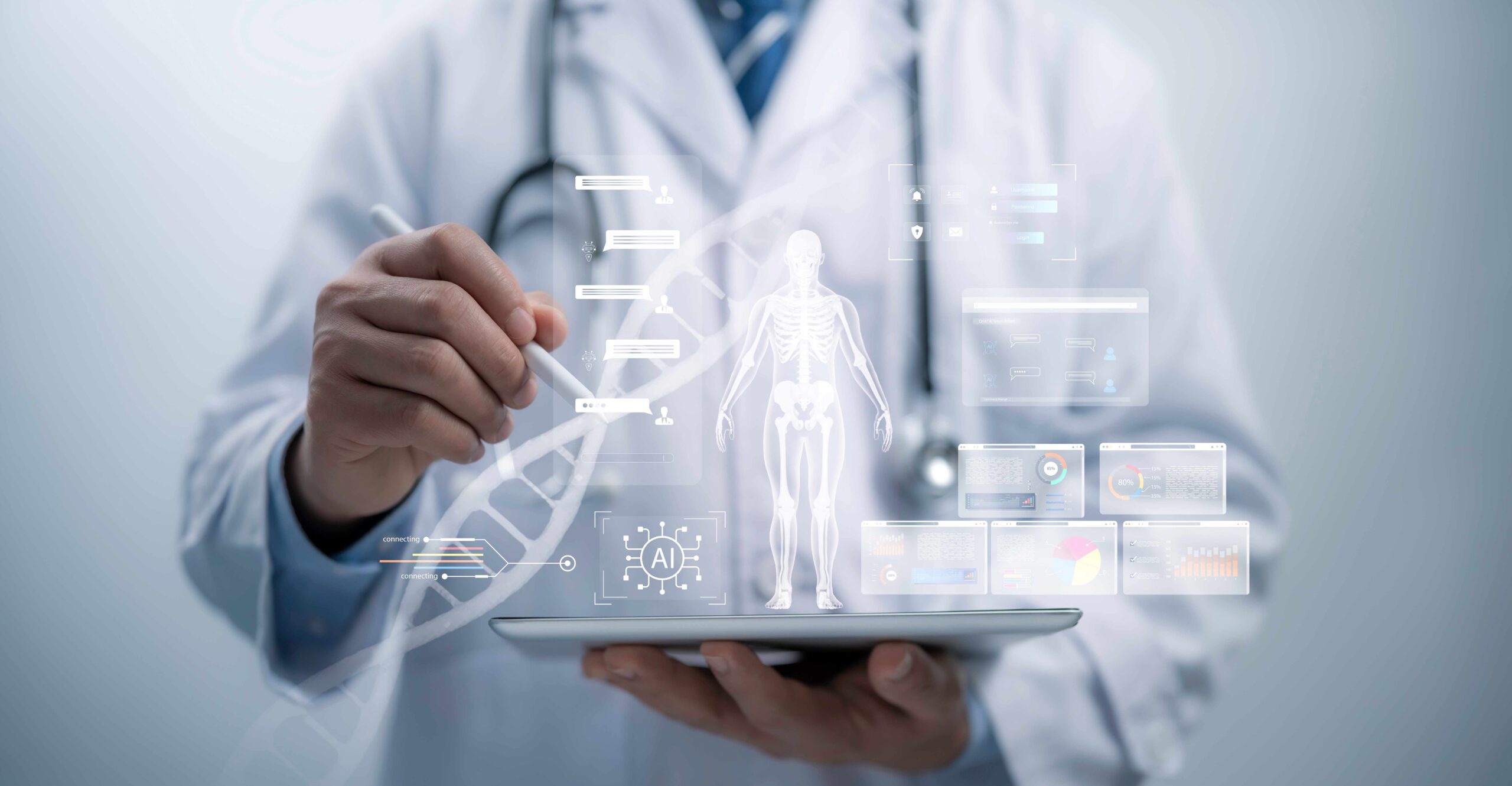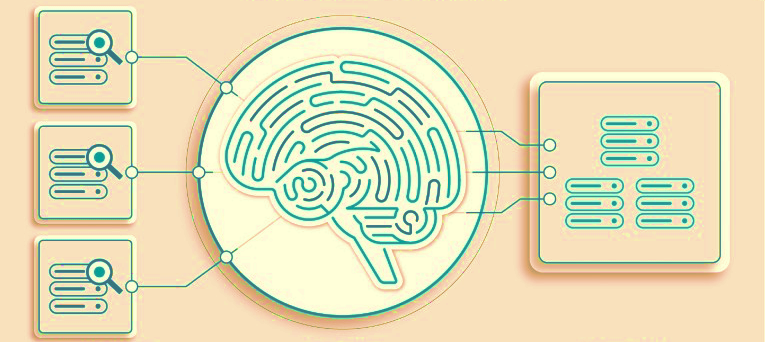
BIOMATDB Project Proposes New AI-Driven Biocompatibility Definition to Revolutionize Biomaterials Research
The BIOMATDB Project is making significant strides in the field of biomaterials research towards the development of a standardized definition of biocompatibility. This initiative is a key element in creating a comprehensive database and marketplace web solution designed to streamline biocompatibility assessment in medical devices and biomaterials. Researchers involved in the project recently published a cutting-edge opinion article titled “Redefining Biomaterial Biocompatibility: Challenges for Artificial Intelligence and Text Mining” in the journal Trends in Biotechnology (DOI: https://doi.org/10.1016/j.tibtech.2023.09.015).
The article discusses the critical need for a more contemporary definition of biocompatibility, driven by the increasing complexity of biomaterials and the surge of data in the field. With the growing importance of biomaterials in applications such as drug delivery, tissue engineering, and medical devices, the traditional focus on implantable devices has become too narrow. The BIOMATDB team proposes an AI-driven approach to biocompatibility, which will allow for the automated extraction of datasets, dramatically improving the efficiency of research and ensuring the safe and effective development of new medical technologies.
The Challenge of Defining Biocompatibility in the Age of Big Data
Biocompatibility, the ability of a material to function without causing harm in a biological system, is a crucial factor in developing safe and effective medical devices. Historically, biomaterials were primarily used as structural supports in surgeries, but their role has evolved over the last two decades, expanding into drug delivery and tissue engineering. With this evolution, biocompatibility has come to encompass concepts like bioactivity, bioinertia, biofunctionality, and biostability, further complicating its assessment.
However, regulatory agencies such as the European Medicines Agency (EMA) and the U.S. Food and Drug Administration (FDA) have yet to establish a comprehensive definition of biocompatibility, relying instead on a series of tests to evaluate biological risk. This lack of a clear, standardized definition creates challenges for researchers, especially as the field generates vast amounts of diverse and segmented data.
The BIOMATDB Solution: AI and Text Mining
To tackle this issue, the BIOMATDB Project is developing an AI- driven, supported and curated by experts biocompatibility definition that could automate data extraction from scientific literature. This new definition will address challenges in analyzing the extensive and often fragmented data produced by biocompatibility studies. The goal is to replace labor-intensive data collection with standardized algorithms, reducing significantly cutting down time for knowledge extraction and minimizing biases
The proposed definition, according to the BIOMATDB researchers, is intended to support the development of databases and tools that can facilitate text mining and AI applications. This will allow for the categorization and annotation of biocompatibility data in a more structured manner, addressing limitations in existing tools such as DEBBIE and cBiT, which are restricted to specific datasets or research areas.

A Pragmatic, Multilayered Definition of Biocompatibility
The researchers’ article introduces a new, integrated definition of biocompatibility that highlights its importance in both research and regulatory settings. To develop the new working definition, current definitions from literature were compared and they key elements to be included, were mapped. Based on the most used definitions of biocompatibility, including both experimental and regulatory approaches, a more pragmatic, multilayered data-centric strategy that is useful for data extraction and annotation was implemented. The working definition as published now states:
“Biocompatibility is the set of attributes describing the capability of a material to perform its desired function for the projected period of time without causing significant risk of local or systemic adverse response, irritation, toxicity, or any other adverse event in the recipient. The degree of biocompatibility depends on the material properties, the interface with the biological system, anatomical location, and the application duration or exposure time.”
This definition aims to provide a solid foundation for developing structured and controlled vocabularies, enhancing data annotation processes, and facilitating the use of AI and machine learning in biocompatibility research.
The Broader Impact on Medical Devices and Biomaterials Marketplace
The BIOMATDB team further highlighted the broader implications of this new biocompatibility framework, particularly in the context of medical device development. Quality issues in the medical device industry, cost between $26 and $36 billion annually (2017, estimation), and largely stem from device failures and the need for remediation. Improving the evaluation of biocompatibility through data-driven approaches could mitigate these costs by providing more accurate predictions of device performance and reducing adverse events.
Additionally, the synergy between AI and biocompatibility offers extensive opportunities in emerging fields like drug delivery. For instance, AI could help optimize the design of biomaterial carriers for advanced therapies, such as gene and RNA-based treatments, by improving the precision and safety of these delivery vehicles.
Looking Forward: The Future of Biocompatibility Research
The BIOMATDB Project represents a significant step forward in the standardization of biocompatibility assessments. By redefining the concept in a way that integrates AI and big data technologies, the project has the potential to revolutionize how biomaterials are evaluated and developed. This approach not only promises to enhance the safety and efficacy of medical devices but also accelerates the development process, ultimately improving patient outcomes and reducing healthcare costs.
As the field of biomaterials continues to grow, the need for a unified, AI-compatible definition of biocompatibility becomes ever more critical. The BIOMATDB Project’s efforts are setting the stage for a new era in biomaterials research, where data-driven strategies will play a central role in shaping the future of healthcare innovations.
Authors: Miguel Mateu Sanz1 and Athina Samara2
1Biomaterials, Biomechanics and Tissue Engineering Group, Department of Materials Science and Metallurgy, Technical University of Catalunya (UPC).
2Department of Biomaterials, FUTURE, Centre for Functional Tissue Reconstruction, University of Oslo (UiO).
Links
https://doi.org/10.1016/j.tibtech.2023.09.015
Keywords
Biomaterial, biocompatibility, databases, artificial intelligence, data mining, machine learning, international organization for standardization (ISO).